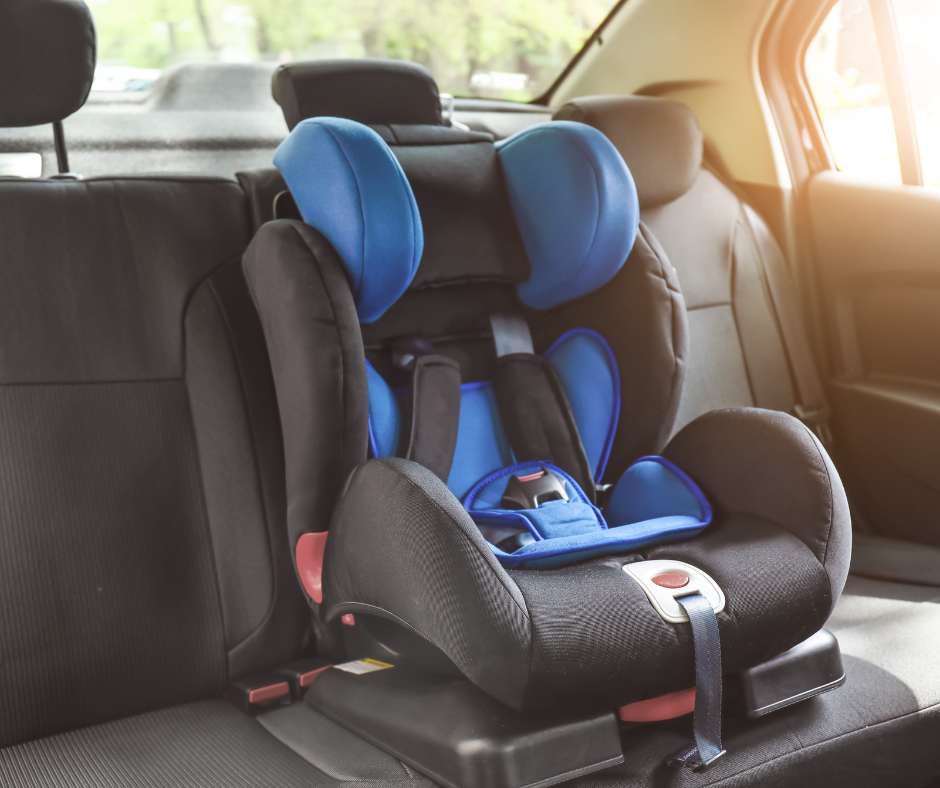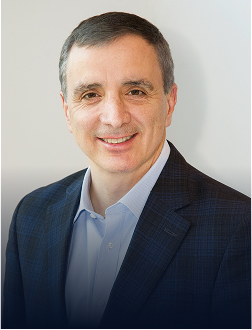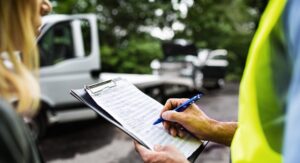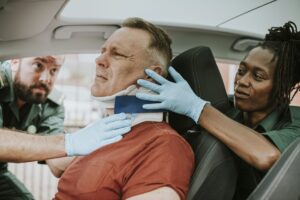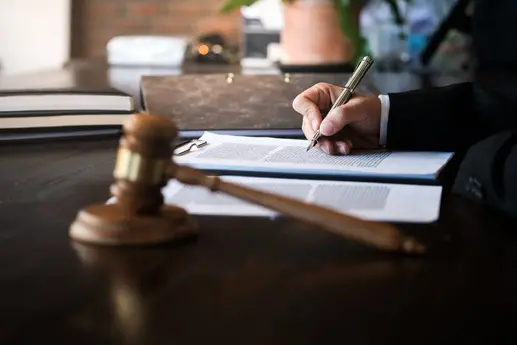 Steps to Take After Being Involved in a Car Crash in New York
Steps to Take After Being Involved in a Car Crash in New York
For auto accident lawyers, no case is worse than one involving children. Car accidents can have some of the most devastating consequences on infants and kids, especially those who are not properly harnessed. Most car safety mechanisms, including seat belts and airbags, are designed for adult height and weight. For children, the proper use of car seats can mean the difference between life and death in a crash.
However, appropriately installing and using car or booster seats is often easier said than done. While many of these products work similarly, each brand and model can have different nuances regarding installation and use.
At Greenspan & Greenspan, we know just how important it is to be educated on car seat safety. We have seen the irreparable harm a lack of car seat safety can cause. That is why we put together this guide to getting the help you need for proper installation and car seat inspection in New York. We will cover New York’s laws around car seats and safety for young passengers and explain where to get a car seat checked properly.
What Is the Child Car Seat Law in New York?
Generally, in New York State, children must be secured in an appropriate child safety restraint system when riding in a vehicle until they are 8 years old. Depending on the child’s age and the type of safety restraint system, additional rules and regulations apply.
Rear-Facing Car Seats
As of 2019, New York law requires all children under the age of two to ride in a rear-facing car seat. Beyond that, infants and toddlers can remain rear-facing for as long as the car seat manufacturer allows. If a child exceeds the seat’s rear-facing weight or height limits, parents should transition to a convertible or all-in-one seat used in the rear-facing mode. The child can continue to ride like this until they outgrow the maximum specifications provided by the manufacturer.
Forward-Facing Car Seats
Once a child has outgrown the rear-facing limits, they should use a forward-facing car seat equipped with a harness. It is best to keep children in this type of seat until they reach the maximum height or weight the manufacturer allows.
Booster Seats
After surpassing the limits of a forward-facing harness seat, children should ride in a belt-positioning booster seat. This should continue until a seat belt fits properly without the aid of a booster, which is generally between the ages of 8 and 12.
Seat Belt Use
Children can use a vehicle’s lap and shoulder belts when they fit correctly. The lap belt should rest snugly across the upper thighs, not the stomach, and the shoulder belt should lie flat across the center of the chest and shoulder. To enhance safety, all children under age 13 are advised to ride in the vehicle’s back seat.
The National Highway Traffic Safety Administration (NHTSA) offers additional information and more detailed recommendations on selecting the proper restraint system for your child’s age, weight, and height.
Where Can I Get My Car Seat Installed?
So, you know the law in New York and what you should do to protect your child. However, you might now be staring at that car seat instruction manual like it is written in a foreign language and thinking, “Where can I get my car seat installed?” or “Where can I get my car seat checked?” Luckily, you have options.
Where to Get a Car Seat Installation Check in New York
Here are some helpful and free car seat inspection services offered in New York.
NYC Department of Transportation (DOT)
If you live in New York City, the NYC DOT offers free car seat inspections from April through November at numerous locations across the five boroughs. Certified technicians will check and ensure your car seat is installed correctly. Be aware that appointments are usually required for a car seat safety check. You can check the various locations and dates on their website.
Governor’s Traffic Safety Committee
Similarly, the governor’s office provides a list of child safety seat fitting stations throughout New York State. Their website allows you to sort through a list of over 300 locations by county.
Safe Kids Worldwide
Safe Kids Worldwide is an organization that can connect you with certified Child Passenger Safety Technicians (CPSTs) for inspections and educational workshops in your area. Their website offers a search tool to find an inspection or “check-up” location near you. They also provide educational seminars to learn more about child passenger safety.
Why Should I Get My Car Seat Checked?
You might think having a car seat improperly installed is better than no car seat at all, but sadly, misusing one can lead to just as devastating consequences as not having one at all.
According to the National Highway Traffic Safety Administration (NHTSA), a national study found that 46% of car and booster seats are misused in ways that could reduce their effectiveness in a crash.
Anyone could see a child in an unbuckled car seat and know it is being misused and unsafe. However, many misuses are much more innocent and even unintentional. For instance, common misuse errors include:
- Loose harness straps;
- Incorrect recline angle for rear-facing seats;
- Loose installation of the car seat;
- Harness straps positioned behind the child’s arms, legs, or back in forward-facing seats; and
- Improper lap or shoulder belt positioning in booster seats.
Even if the child is strapped in, if it is loose or improperly positioned, its effectiveness is much less.
Fortunately, with proper education and preparation, you can avoid these common pitfalls. In general, to maximize the safety of child passengers, you should always follow manufacturer guidelines, get regular inspections, and stay informed about the latest safety standards and applicable laws.
Dedicated Advocacy for New York Drivers and Their Families
If you or your child were injured in a New York car accident, you do not have to face the aftermath alone. Greenspan & Greenspan Injury Lawyers has spent over 60 years advocating for New York residents harmed by others’ mistakes behind the wheel. Our team has decades of experience and success representing those harmed in unimaginable accidents, and we are prepared to fight for you. Contact us today for a free case evaluation to learn more about how we can help.
Resource List

